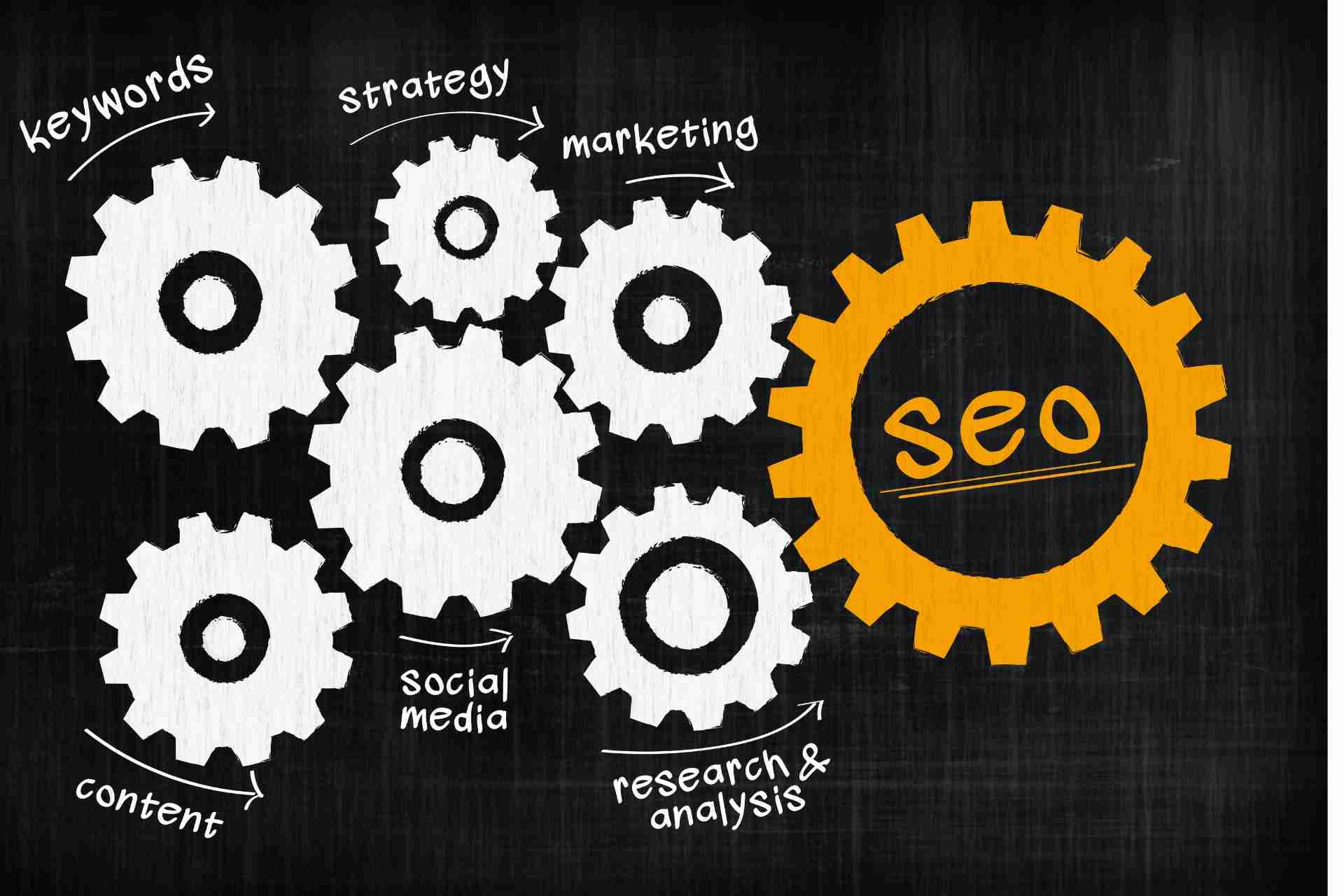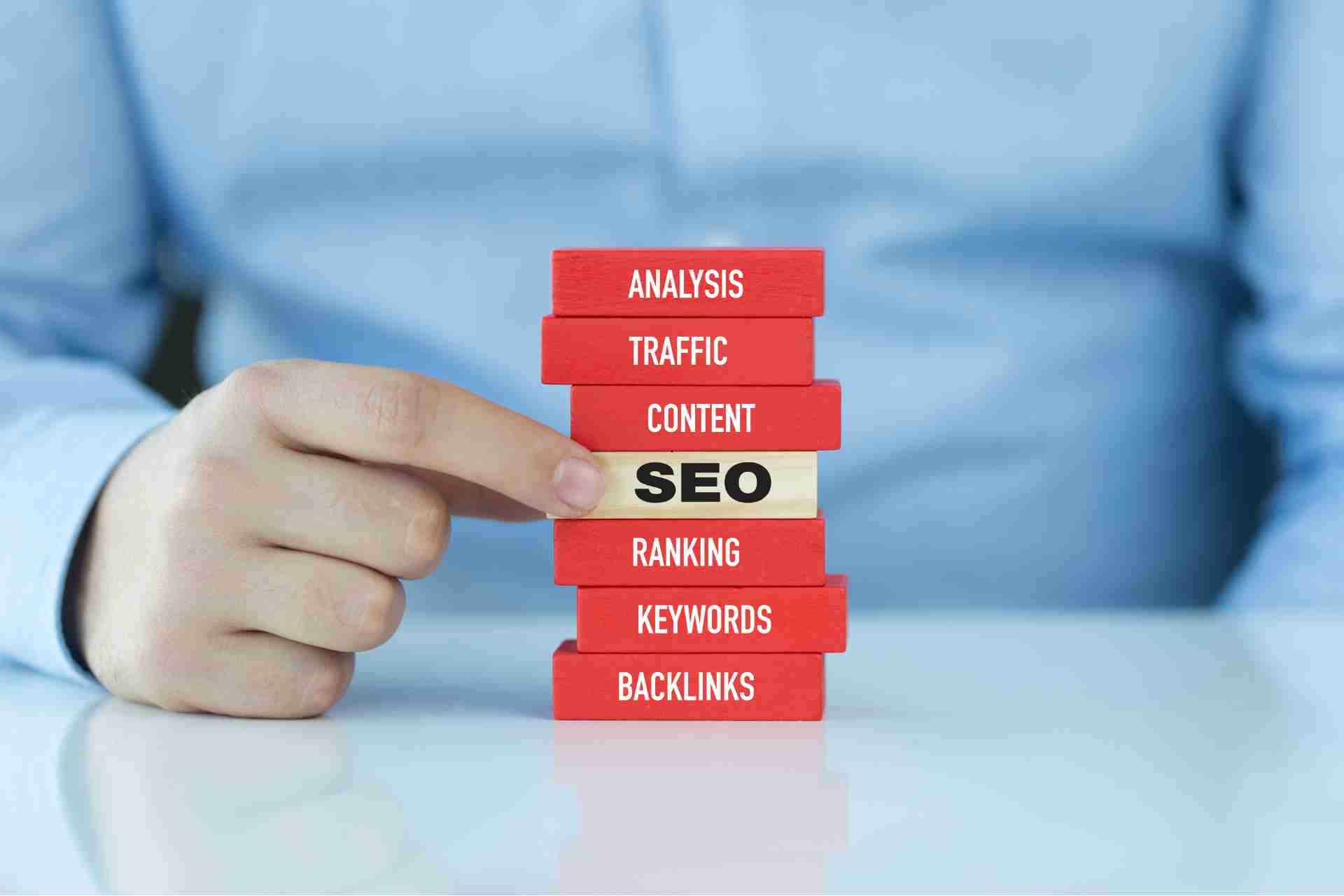How to Increase Sales in Ecommerce Business

In the ever-growing world of ecommerce, increasing sales is a top priority for online businesses looking to expand their customer base and generate higher revenue. With competition fiercer than ever, it's important for ecommerce businesses to find strategies that work for them in order to stand out from the crowd and attract more customers.
Here are some tips on how to increase sales in ecommerce.
Improve your website design and user experience
A visually appealing and user-friendly website can attract more customers, keep them engaged, and ultimately lead to an increase in sales. By focusing on improving your website design and user experience, you can create a seamless shopping journey for your customers and drive more conversions.
One of the key aspects of website design is making sure that your website is visually appealing. A clean and modern design can help create a positive first impression and instill trust in your brand. Use high-quality images and videos to showcase your products, and make sure that your website is easy to navigate. A cluttered or confusing layout can deter customers from making a purchase, so keep your design simple and intuitive.
It's important to focus on the user experience of your website. A seamless and intuitive shopping experience can make a huge difference in driving sales. Make sure that your website is easy to navigate, with clear categories and search functionality. Provide detailed product descriptions and images, as well as customer reviews and ratings to help customers make informed decisions. Additionally, consider implementing features such as live chat support or a customer service hotline to address any questions or concerns that customers may have.
Another important aspect of improving your website design and user experience is optimizing your website for mobile devices. With more and more people shopping on their smartphones and tablets, it's crucial that your website is responsive and mobile-friendly. Make sure that your website loads quickly on mobile devices, and that all of your content is easily accessible and readable on smaller screens.
Invest in digital marketing
Digital marketing offers a wide range of opportunities for ecommerce businesses to reach their target audience and drive traffic to their online store. From social media marketing to search engine optimization, email marketing, and pay-per-click advertising, there are countless strategies that can be utilized to attract customers and boost sales.
One of the key benefits of digital marketing is its ability to target specific demographics and geographic locations, allowing businesses to tailor their marketing efforts to reach the right audience. By analyzing data and tracking customer behavior, companies can gain valuable insights into their customers' preferences and shopping habits, enabling them to create more personalized marketing campaigns that are more likely to resonate with their target audience.
Digital marketing allows ecommerce businesses to track the performance of their campaigns in real time, giving them the ability to quickly adjust their strategies based on the data they receive. This level of flexibility can be extremely valuable in a fast-paced online marketplace where trends and consumer preferences are constantly changing.
Investing in digital marketing can help ecommerce businesses build brand awareness and credibility, ultimately leading to increased sales and customer loyalty. By consistently engaging with customers through various digital channels, businesses can establish themselves as industry leaders and build a loyal customer base that will keep coming back for more.
Offer discounts and promotions
One effective strategy to increase sales in your online store is by offering discounts and promotions. By providing customers with valuable deals and incentives, you can drive traffic to your site, encourage repeat purchases, and ultimately boost your revenue.
There are several ways to implement discounts and promotions in your ecommerce business. One popular method is to offer percentage discounts on select products or categories. For example, you could run a promotion where customers can receive 20% off all items in the "sale" section of your website. This not only incentivizes customers to make a purchase, but it can also help you move slow-moving inventory.
Another strategy is to provide customers with free shipping on orders over a certain threshold. Many shoppers are deterred by shipping fees, so offering free shipping can be a powerful incentive to complete a purchase. You could also consider running limited-time promotions, such as flash sales or exclusive discounts for email subscribers, to create a sense of urgency and drive impulse buys.
Consider offering rewards programs or loyalty points to encourage repeat purchases. By rewarding customers for their loyalty, you can strengthen customer relationships, increase customer retention, and ultimately boost your sales.
When implementing discounts and promotions in your ecommerce business, it is important to carefully plan and track their effectiveness. Be sure to set clear goals for each promotion, monitor their performance, and gather feedback from customers to continuously improve your strategies.
Use email marketing
Email marketing is a powerful tool that can help ecommerce businesses increase sales and grow their customer base. In today's digital world, where consumers are constantly bombarded with advertisements and promotions, email marketing allows businesses to directly reach their target audience and engage with them in a more personal and meaningful way.
One of the key benefits of email marketing for ecommerce businesses is its ability to drive traffic to their website. By sending out targeted email campaigns to their subscribers, businesses can encourage them to visit their online store and make a purchase. This can be achieved through enticing promotions, discounts, and exclusive offers that are only available to subscribers.
Another benefit of email marketing is its ability to build stronger relationships with customers. By regularly communicating with their subscribers through email, businesses can keep them informed about new products, upcoming sales, and other relevant information. This helps to keep customers engaged and interested in the brand, leading to increased loyalty and repeat purchases.
Email marketing can also help ecommerce businesses increase their sales by targeting specific customer segments with personalized content. By analyzing customer data and behavior, businesses can create tailored email campaigns that resonate with their target audience and drive conversions. This can include recommending products based on past purchases, sending out abandoned cart emails to remind customers to complete their purchase, and offering special deals to incentivize repeat purchases.
Email marketing can also be used to re-engage lapsed customers and win back lost sales. By sending out targeted reactivation campaigns to customers who haven't made a purchase in a while, businesses can remind them of the value of their products and entice them to come back and make a purchase.
Provide excellent customer service
The level of service you provide can make or break your business, as customers are more likely to make repeat purchases and refer their friends when they have a positive experience.
Here are a few reasons why excellent customer service is essential for boosting sales in your eCommerce business:
- Builds trust and credibility: When customers receive excellent customer service, they are more likely to trust your brand and feel confident in their purchase. This trust can lead to increased sales and customer loyalty over time.
- Increases customer satisfaction: Happy customers are more likely to make repeat purchases and leave positive reviews, which can help attract new customers to your eCommerce store. By providing excellent customer service, you can ensure that your customers have a positive experience and are more likely to return.
- Encourages word-of-mouth referrals: Satisfied customers are more likely to recommend your store to their friends and family, leading to an increase in sales without additional marketing efforts. By providing excellent customer service, you can turn your customers into brand ambassadors who help promote your business.
- Enhances the overall shopping experience: Customer service is an essential part of the shopping experience, and by providing excellent service, you can create a seamless and enjoyable experience for your customers. This can lead to higher customer satisfaction and increased sales in the long run.
So, how can you provide excellent customer service in your eCommerce business? Here are a few tips to help you get started:
- Respond promptly to customer inquiries: Make sure to respond to customer inquiries and issues in a timely manner to show that you value their business and are there to help.
- Be helpful and attentive: Show empathy and understanding when dealing with customer concerns, and try to find solutions that meet their needs.
- Personalize the shopping experience: Use customer data to personalize the shopping experience and offer relevant product recommendations based on their preferences and purchase history.
- Offer flexible and hassle-free return policies: Make it easy for customers to return products if they are not satisfied, and provide clear instructions on how to do so.
Implement a loyalty program
Implementing a loyalty program can be a game-changer for ecommerce businesses looking to boost sales and build long-term relationships with customers. By rewarding loyal customers for their repeat purchases, referrals, and engagement with your brand, you can create a sense of loyalty and community that keeps customers coming back for more.
But how exactly can a loyalty program help increase sales in ecommerce? Let's take a closer look at some of the ways implementing a loyalty program can benefit your business:
- Encourages repeat purchases: By offering incentives such as discounts, free shipping, or exclusive access to new products, a loyalty program can motivate customers to make repeat purchases and spend more money with your brand.
- Drives customer engagement: Loyalty programs can also help increase customer engagement by incentivizing actions such as writing reviews, sharing content on social media, or participating in surveys. The more engaged customers are with your brand, the more likely they are to make a purchase.
- Builds brand loyalty: Building a loyal customer base is key to long-term success in ecommerce. A well-executed loyalty program can help foster a sense of loyalty and community among your customers, making them more likely to choose your brand over competitors.
- Generates referrals: Happy customers are more likely to refer their friends and family to your business. By offering rewards for referrals through your loyalty program, you can harness the power of word-of-mouth marketing to drive new sales and grow your customer base.
Analyze and optimize your sales data
One of the first steps in analyzing your sales data is to track and monitor key performance indicators (KPIs) such as conversion rate, average order value, and customer acquisition cost. By keeping a close eye on these metrics, you can identify areas of improvement and focus your efforts on driving results in areas that will have the biggest impact on your bottom line.
Additionally, by segmenting your sales data by different variables such as customer demographics, purchase behavior, and product categories, you can gain a deeper understanding of your customer base and tailor your marketing strategies to better serve their needs. For example, if you notice that a particular demographic is purchasing a certain product at a higher rate, you can create targeted campaigns to attract more of that audience to your site.
By analyzing your sales data over time, you can identify trends and seasonality in your business and adjust your strategies accordingly. For instance, if you notice that sales tend to spike during certain times of the year, you can prepare ahead of time by stocking up on inventory and ramping up your marketing efforts to capitalize on the increased demand.
Once you have analyzed your sales data and identified areas for improvement, it’s time to optimize your strategies to drive sales. This may include implementing A/B testing to fine-tune your website and marketing campaigns, leveraging customer feedback to make improvements to your products or services, and investing in targeted advertising to reach new customers.






